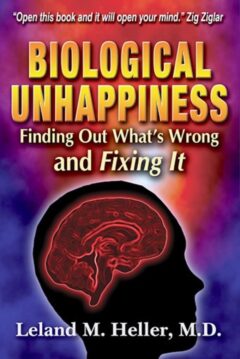QUESTION:
Dear Dr. Heller,
I am trying to understand the concept and mechanism of dissociation. My wife has experienced “seizures” for year that have been diagnosed as non-epileptic (A.K.A. pseudo-seizures or psychogenic seizures) Is this considered to be a severe form of dissociation? If not what is it? I have had doctors tell me that it is a “conversion reaction.” Is there a difference between these two “mental states”?
Thanks in advance!
ANSWER:
Both conversion reactions and dissociation are defense mechanisms. Both can be present in those suffering from the BPD. Dissociation is easy to treat with mood stabilizers – especially Tegretol, and particularly when combined with Prozac. While the stressors for conversion reactions can be improved, its usually much harder to manage and doesnt usually respond easily to medication.
Dissociation is much more common. I believe dissociation is a defense that develops as a seizure initially in the limbic system, spreading to the temporal lobes where dissociative symptoms are located. It occurs mostly in the borderline disorder. There are case reports of individuals being eaten by a large animal – like a lion – and the individual dissociates. It protected the individual from the horror and pain of that attack. I believe BPD dysphoria and dissociation are seizures in that part of the brain.
Conversion reactions are a hysterical phenomenon. There are many types, including a “stocking glove deformity” where the individual loses sensation in just a hand (which is neurologically impossible). I had a patient who had pseudoseizures after real seizures developed, in that case because she liked the attention. It is also a defense mechanism that prevents the individual from feeling some feelings or dealing with stressful situations.
